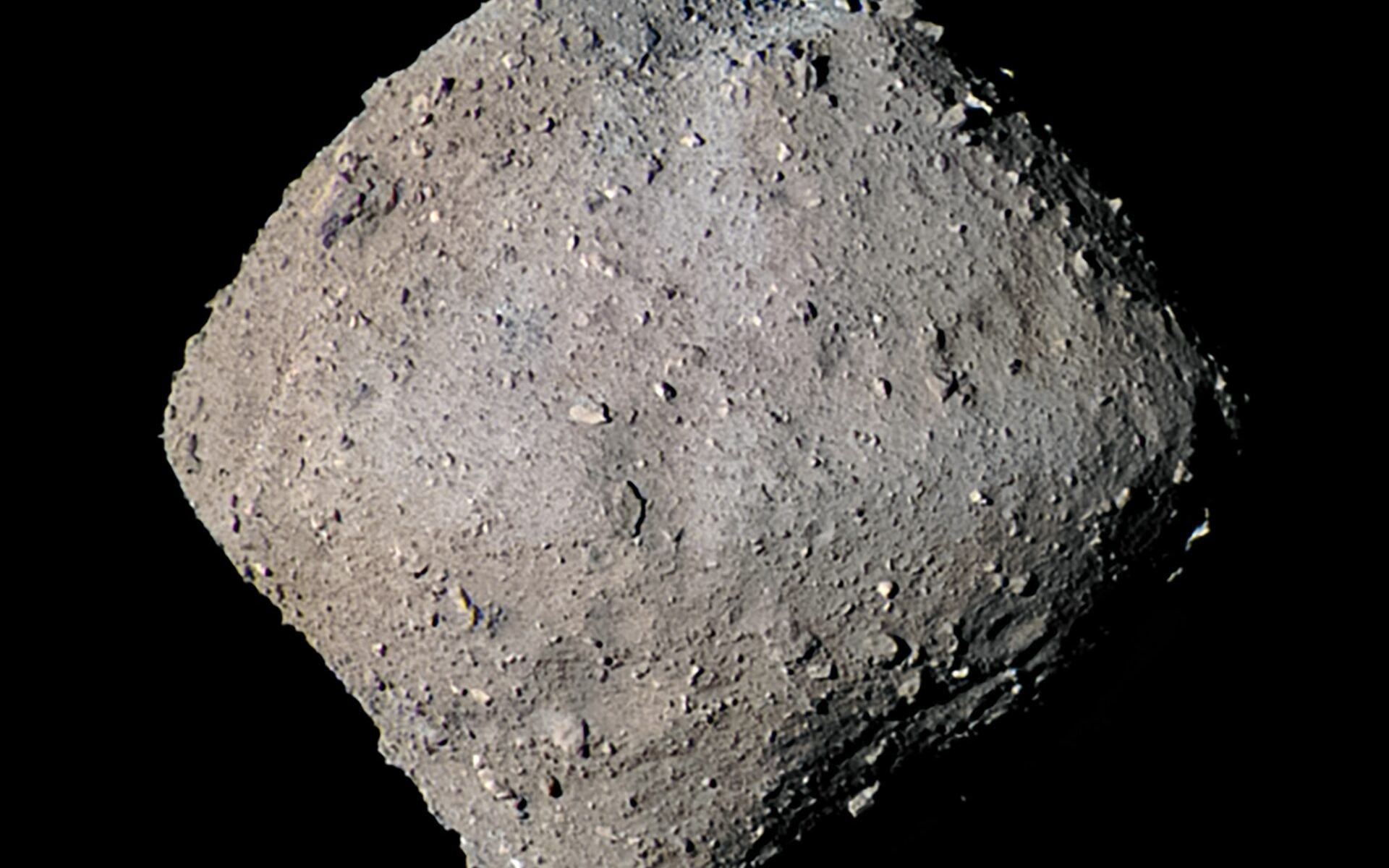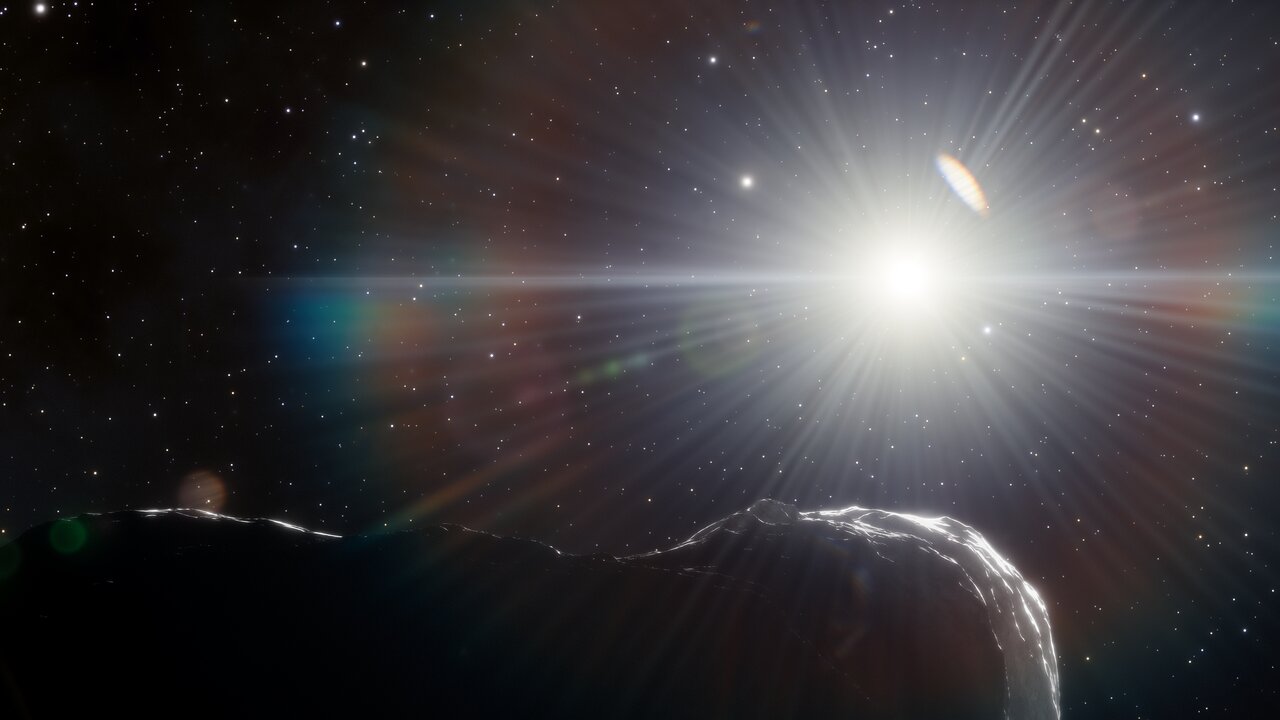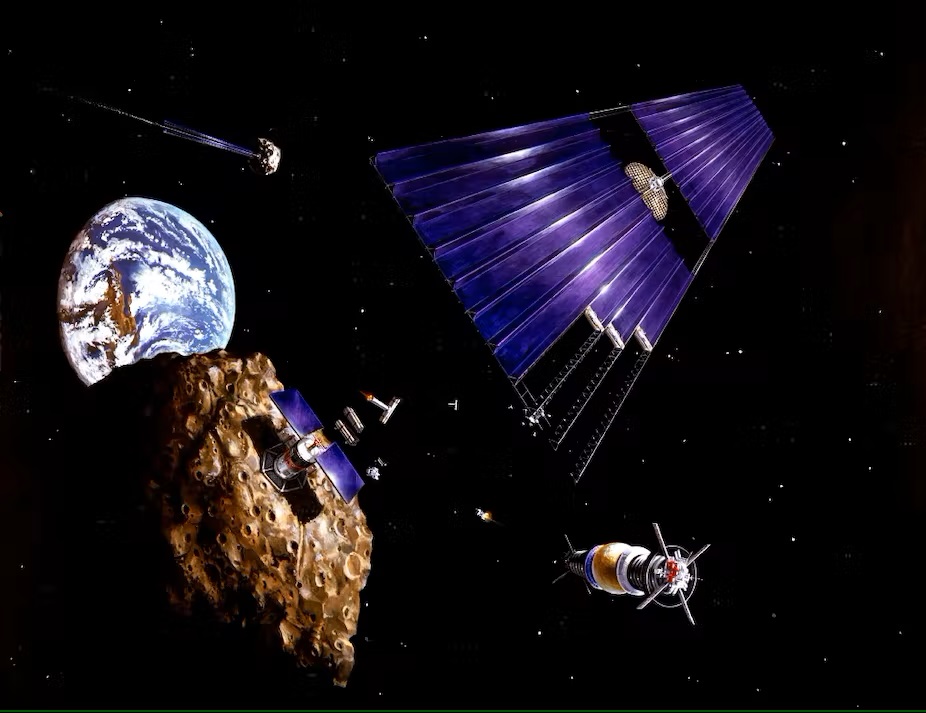Radiation is a primary concern for long-duration human spaceflight, such as the planned trips to Mars, which are the stated goal of organizations such as NASA and SpaceX. Shielding is the standard way to protect astronauts from radiation during those flights. However, shielding is heavy and, therefore, expensive when it is launched off the Earth. What if, instead, astronauts could hitch a ride on a giant mass of shielding already in space that will take them directly to their destination? That is the basic thought behind a paper from Victor Reshetnyk and his student at Taras Shevchenko National University in Kyiv.
Continue reading “Could We Use An Asteroid to Shield Astronauts On Their Way to Mars?”How Much Are Asteroids Really Worth?
Popular media love talking about asteroid mining using big numbers. Many articles talk about a mission to Psyche, the largest metallic asteroid in the asteroid belt, as visiting a body worth $10000000000000000000, assumedly because their authors like hitting the “0” key on their keyboards a lot. But how realistic is that valuation? And what does it actually mean? A paper funded by Astroforge, an asteroid mining start-up based in Huntington Beach, and written by a professor at the Colorado School of Mine’s Space Resources Program takes a good hard look at what metals are available on asteroids and whether they’d genuinely be worth as much as the simple calculations say that would be.
Continue reading “How Much Are Asteroids Really Worth?”Scientists Reveal a New Way to Study Near-Earth Asteroids
On November 18th, 2022, shortly before midnight, the Catalina Sky Survey (CSS) in Arizona and other observatories worldwide detected a small object (now designated 2022 WJ1) heading toward Earth. For the next three hours, the CSS and the Southern Ontario Meteor Network (SOMN) at the University of Western Ontario monitored the object before it entered Earth’s atmosphere above Southern Ontario. At 03:26 a.m. EST (12:26 a.m. PST) on November 19th, the object appeared as a bright fireball that scattered meteorite fragments across the Niagara region.
This event triggered an international collaboration to hunt down the fragments for analysis, but none have been found yet. In a recent study led by Western University and Lowell Observatory, an international team of scientists described a new approach for studying near-Earth asteroids (NEA) based largely on 2022 WJ1. The study is significant in that the team determined the NEA’s composition—the smallest asteroid characterized to date—and established a new and integrated methodology for studying other NEAs that may impact Earth someday.
Continue reading “Scientists Reveal a New Way to Study Near-Earth Asteroids”Here’s What We Know About Earth’s Temporary Mini-Moon
For a little over a month now, the Earth has been joined by a new ‘mini-moon.’ The object is an asteroid that has been temporarily accompanying Earth on its journey around the Sun. By 25th November it will have departed but before then, astronomers across the world have been turning their telescopes to study it. A new paper of 2024 PT5 reveals its basaltic nature – similar to volcanic rocks on Earth – with a composition that makes it similar to lunar material. There have been many close encounters to Earth allowing many of its secrets to be unveiled.
Continue reading “Here’s What We Know About Earth’s Temporary Mini-Moon”Tiny Fragments of a 4-Billion Year Old Asteroid Reveal Its History

In June 2018, Japan’s Hayabusa 2 mission reached asteroid 162173 Ryugu. It studied the asteroid for about 15 months, deploying small rovers and a lander, before gathering a sample and returning it to Earth in December 2020.
The Ryugu sample contains some of the Solar System’s most ancient, primitive, and unaltered material, opening a window into its earliest days about 4.6 billion years ago.
Continue reading “Tiny Fragments of a 4-Billion Year Old Asteroid Reveal Its History”Astronauts Could Take an Asteroid Ferry from Earth to Mars
This idea really is quite a fascinating one. Currently a trip to Mars would require large amounts of air, water and other resources to sustain human life but would also expose travellers to harmful levels of radiation. A wonderful solution has been proposed in a new paper recently published by researchers from Ukraine. They propose that asteroids which already travel relatively close by Earth, Mars and even Venus already could be used to hop between the planets. They are already making the journey anyway and so perhaps the cosmos already provides the solution to interplanetary travel.
Continue reading “Astronauts Could Take an Asteroid Ferry from Earth to Mars”Hera Says Farewell to the Earth and Moon
Testing the equipment on an interstellar mission is one of the first things operators do when the spacecraft successfully launches. In some cases, those tests show the future troubles the mission will face, such as what happened to NASA’s Lucy mission a few years ago. However, in some cases, the mission provides us with perspectives we might never have seen before, which was the case for Hera, ESA’s mission to Dimorphos. This asteroid was deflected successfully during NASA’s DART test in 2022.
Continue reading “Hera Says Farewell to the Earth and Moon”Nuclear Detonations Could Deflect Dangerous Asteroids Away from Earth
Before you read the rest of this article know there are no known threats to life on Earth! We shouldn’t sit complacently on this tiny rock in space though so NASA have been working on ways to neutralise potential asteroid threats should they arise. The DART mission proved it was possible to alter the trajectory of an asteroid in space. Direct impact though where a probe smashes into the rock is one way but potentially not the best. A team of researchers have now been exploring ways that a nuclear explosion near an asteroid may send a blast of X-rays sufficiently powerful to vaporise material generating thrust to redirect the asteroid.
Continue reading “Nuclear Detonations Could Deflect Dangerous Asteroids Away from Earth”NASA Watches a Peanut-Shaped Asteroid Drift Past Earth
Peanuts! Get your peanuts here! The Solar System has been passing out peanuts lately in the form of two different oddly shaped asteroids that recently passed by Earth, and both look like over-sized peanuts. The latest peanut-shaped asteroid pass was on September 16, 2024, when the near-Earth asteroid 2024 ON came within 1 million kilometers (62,000 miles) of Earth (2.6 times the Earth-Moon distance). Radar imaging revealed the asteroid was peanut-shaped because it is actually a contact binary – which means it is made of two smaller objects touching each other. NASA says the two rounded lobes are separated by a pronounced neck, and one lobe about 50% larger than the other.
In total, 2024 ON measures about 350 meters (382 yards) long. The radar could resolve features down to about 3.75 meters across on the surface, including brighter boulders. NASA says about 14% of asteroids in this size range (larger than about 200 meters (660 feet)) are contact binaries.
Continue reading “NASA Watches a Peanut-Shaped Asteroid Drift Past Earth”There are Plenty of Uses for Powerful Lasers in Space. But Where Should We Put Them?

Is it time for space lasers yet? Almost.
As time passes, ideas that were once confined to the realm of science fiction become more realistic. It’s true of things like using robots to explore other worlds. Space lasers are a well-used element in science fiction, and we’re approaching the time when they could become a reality.
Where would we put them, and what could we use them for?
Continue reading “There are Plenty of Uses for Powerful Lasers in Space. But Where Should We Put Them?”







